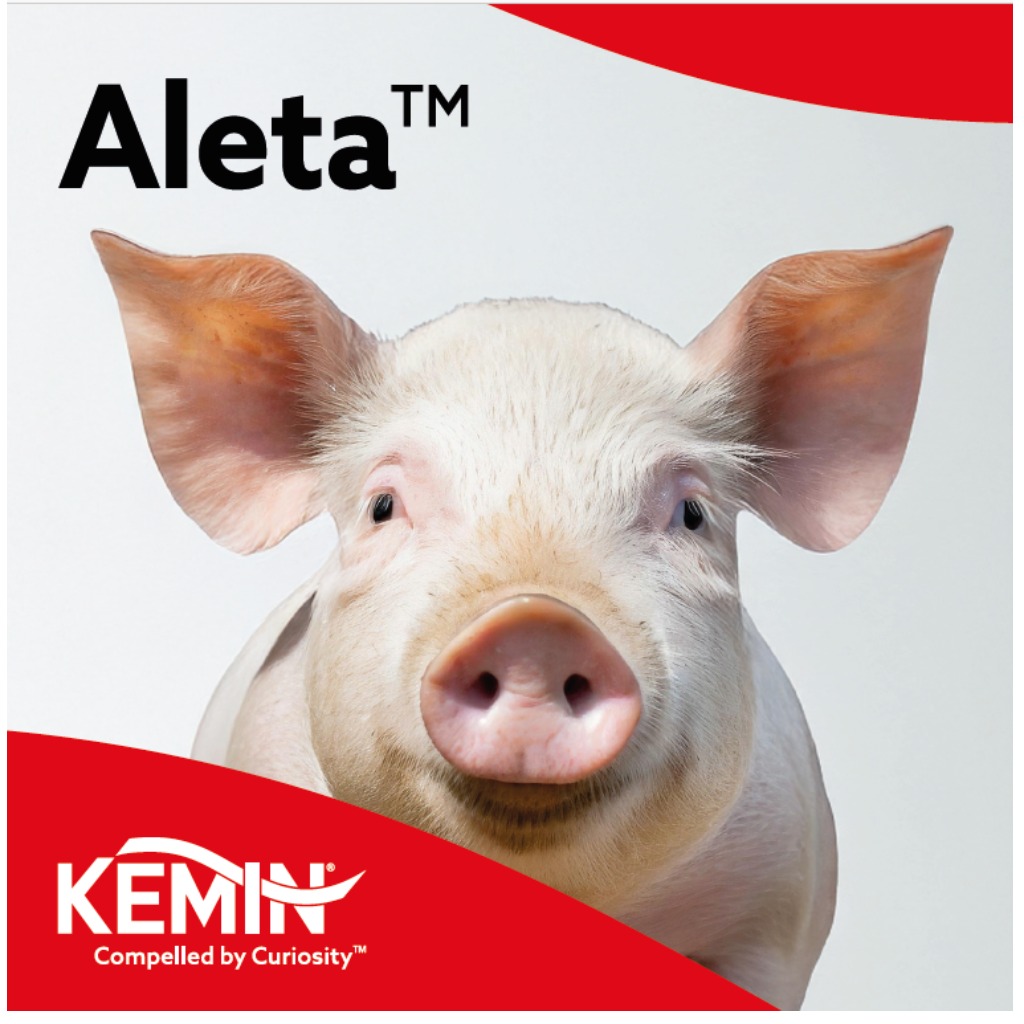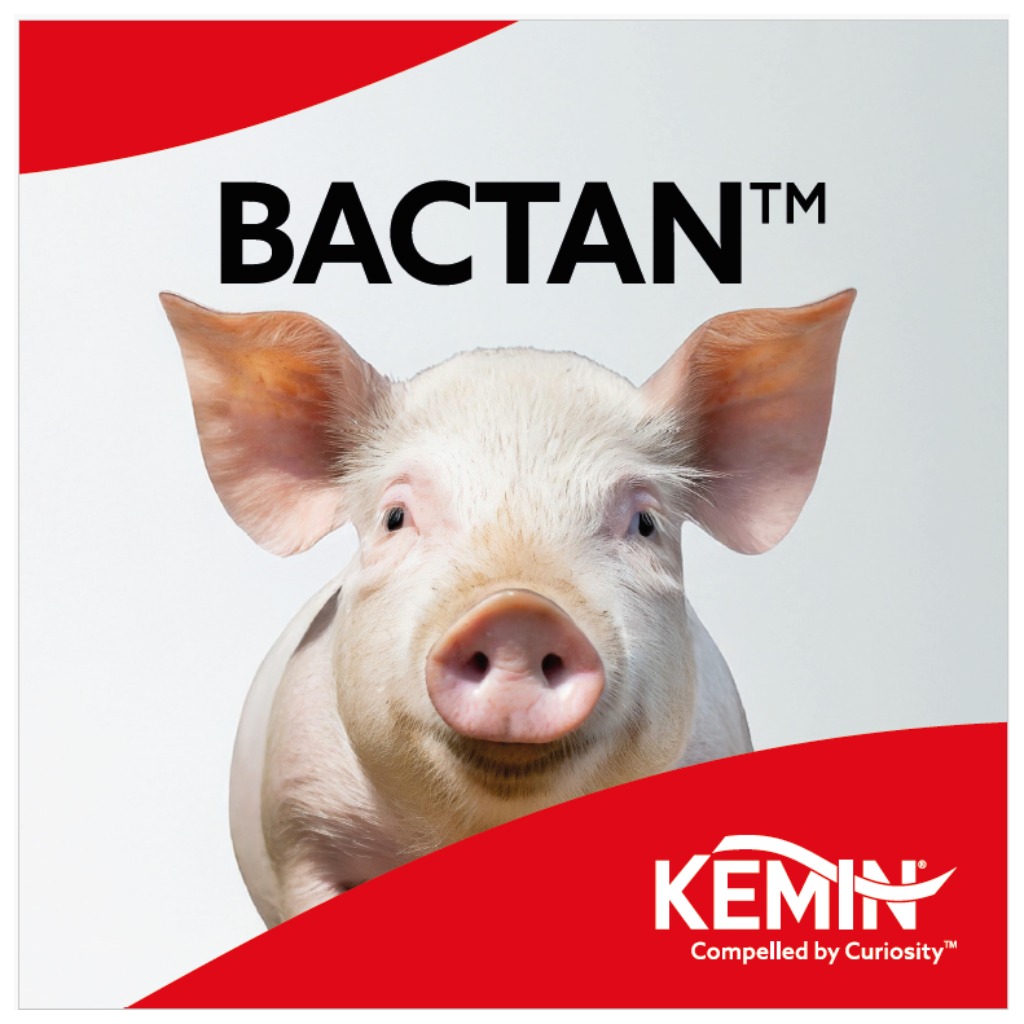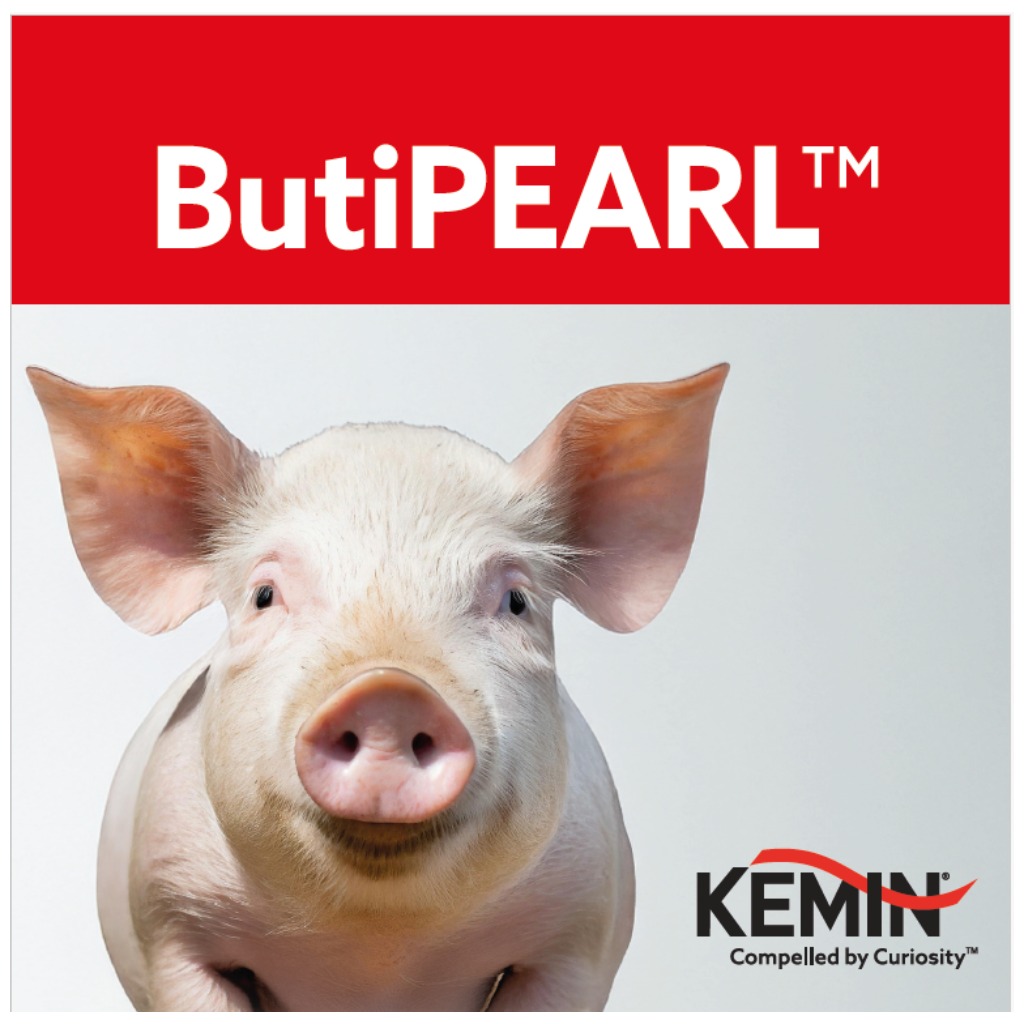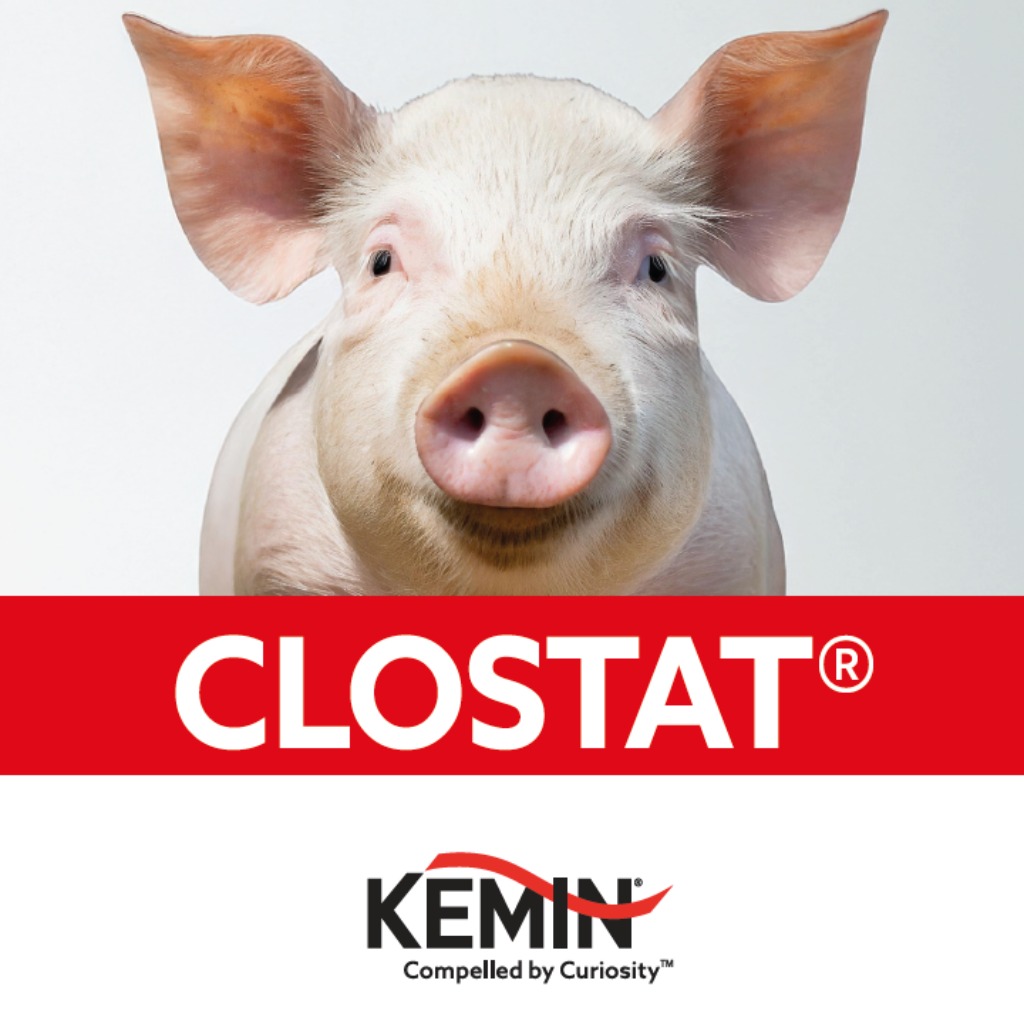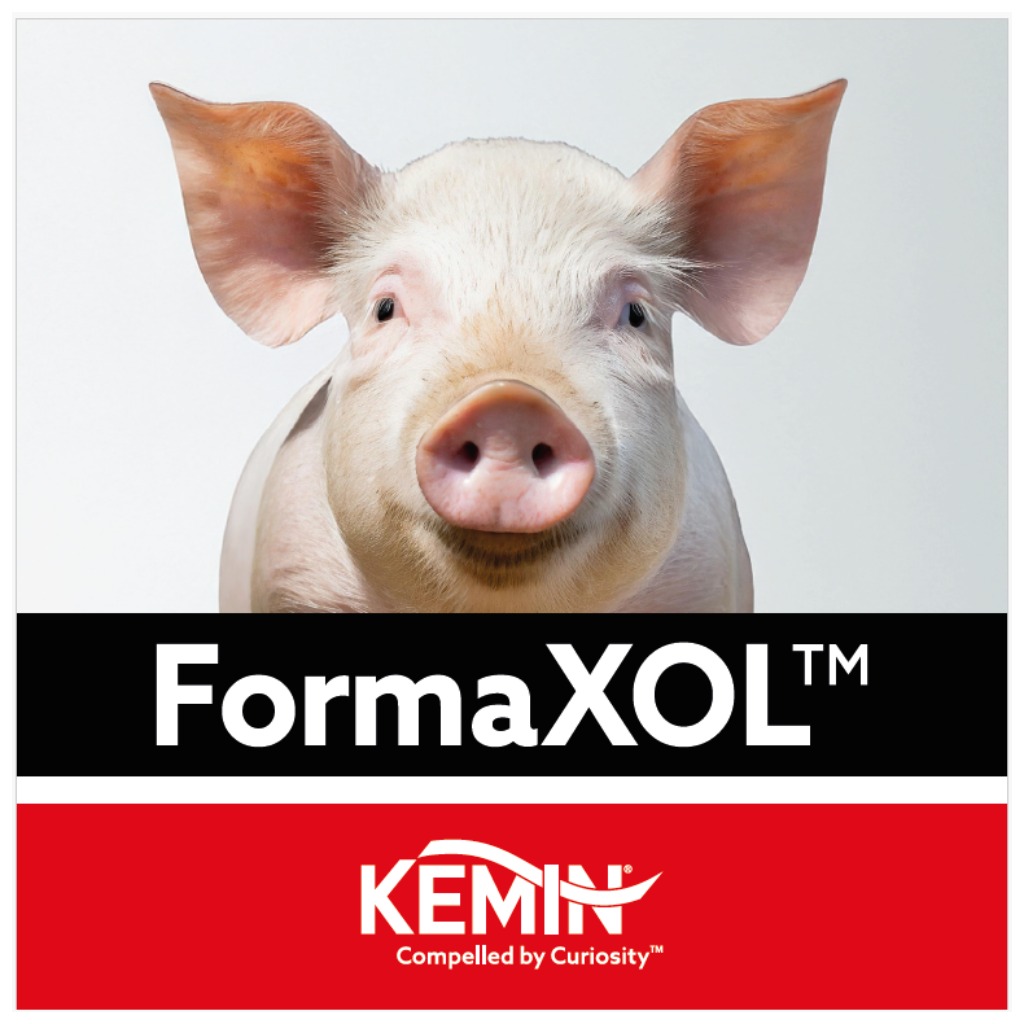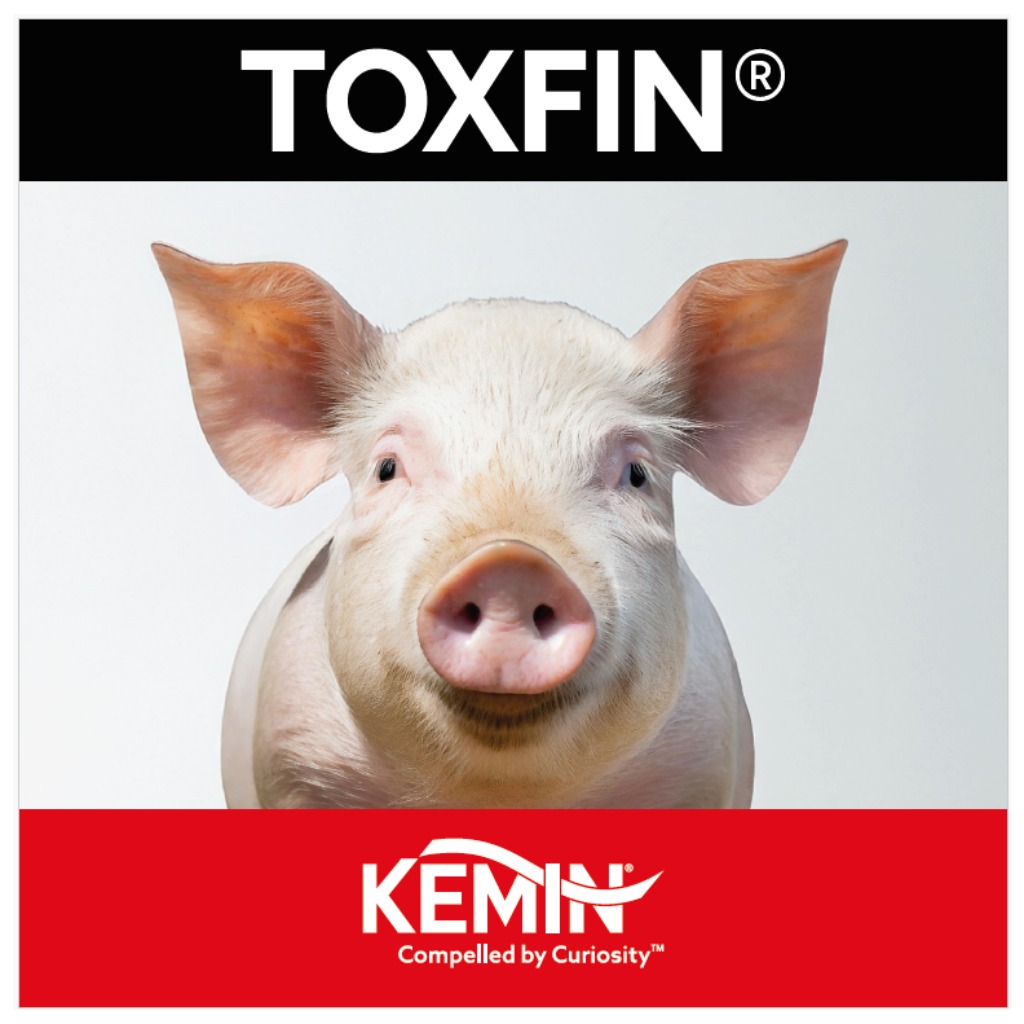What is in a mycotoxin binder, more than just "dirt": the science behind mycotoxin binders for pigs
Introduction
Ensuring the health and productivity of pigs is paramount for any livestock operation. Mycotoxin binders play a crucial role in this regard, offering protection against harmful mycotoxins present in contaminated feed. These products are far from being mere "dirt"; they are scientifically formulated to safeguard pigs from mycotoxins. Let's explore what makes these binders so effective and the research that supports their use.
Effective Mycotoxin Management
While adjusting feed formulations to include lower levels of high-mycotoxin raw materials can help, the safer and more reliable option is incorporating advanced mycotoxin binders. These binders act within the animal, preventing mycotoxins from causing harm. Traditional mycotoxin binders often fall short, offering limited protection and risking the non-selective binding of essential nutrients. In contrast, an ideal mycotoxin binder should:
- Provide Broad-Spectrum Protection: Effectively adsorb a wide range of mycotoxins.
- Ensure Selective Binding: Avoid binding essential nutrients to maintain animal health.
- Function Across pH Levels: Efficiently bind mycotoxins in the acidic environment of the stomach and retain binding in the neutral pH of the small intestine.
These properties lead to lower mycotoxin bioavailability and increased excretion in feces, ensuring optimal animal health and performance.
Contents of Mycotoxin Binders
The most commonly used mycotoxin binders in swine feeds include aluminosilicate clays:
- Aluminosilicate clays are the largest class and have been well reported in numerous research trials in order to diminish mycotoxicosis. Several aluminosilicates clays such as hydrated sodium calcium aluminosilicate (HSCAS), bentonite, montmorillonite, smectite, and zeolite showed a good binding affinity to mycotoxins.
- These clays have a physicochemical ability to bind smaller mycotoxins, such as aflatoxin and ochratoxin A, but have less effect on larger molecules in certain Fusarium toxins
Numerous studies have reported the ability of various adsorbent materials to form and firmly bind mycotoxin-adsorbent complexes between their layers to reduce toxin bio-availability
Research Behind Mycotoxin Binders
Extensive research supports the efficacy of mycotoxin binders. Studies have shown that aluminosilicate binders can significantly reduce the absorption of aflatoxins in pigs. Combining different clays with other types of minerals can result in excellent binding capacity. Special combinations with Sepiolite, Bentonite and activated argillaceous minerals can ensure binding capacities of 100% for AFLA, FB1, 99% for OTA, 94% for ZEA and more than 80% for T-2.
Inside the Bag
When you purchase a mycotoxin binder, you are investing in a product backed by scientific research and formulated with precision. Inside the bag, you will find a blend of carefully selected components, each chosen for their specific properties and effectiveness in binding mycotoxins. This combination ensures that your pigs are protected from a broad spectrum of mycotoxins, safeguarding their health and enhancing their productivity. But, not all binders are the same, some of them do not combine different types ingredients, reducing their spectrum. In addition, not all clays are the same, just because they share the same name does not mean they have the same quality, therefore selecting the right provider is crucial. Thoroughtly testing suppliers is key for consistency and good field results.
The Next-Generation Mycotoxin Management Solutions: Bioprotectors
Elevate your mycotoxin management with bioprotectors, these solutions not only bind mycotoxins but also protect the animal from the effects of toxins. The desirable properties of bioprotectors are:
- Comprehensive Protection: Ideal for high mycotoxin contamination scenarios, providing robust defense against multiple mycotoxins.
- Immunomodulator: beta glucans, such as the ones coming from Euglena gracilis, a unicellular algae, enhance the immune system, particularly beneficial for the PYOG group (Pregnant, Young, Old, and Gilts) that are less immunocompetent.
- Oxidative Stress Reduction: Infused with plant extracts to mitigate oxidative stress, ensuring better overall health.
- Hepatoprotective Function: Enriched with plant extracts to protect the liver, crucial in managing high mycotoxin levels.
Mycotoxin management solutions are a vital component of pig nutrition, offering protection against harmful toxins and ensuring optimal health and performance. Far from being "dirt," these solutions are the result of rigorous scientific research and careful formulation. By understanding the science behind mycotoxin management solutions and choosing advanced products, you can provide comprehensive protection for your livestock, safeguarding them against the harmful effects of mycotoxins while preserving essential nutrients. On the next article we will talk about what’s the science of binding.
Contacto:
Contacta con nosotros a través del siguiente formulario.
Un resumen semanal de las novedades de 3tres3 Argentina
Accede y apúntate a la lista


